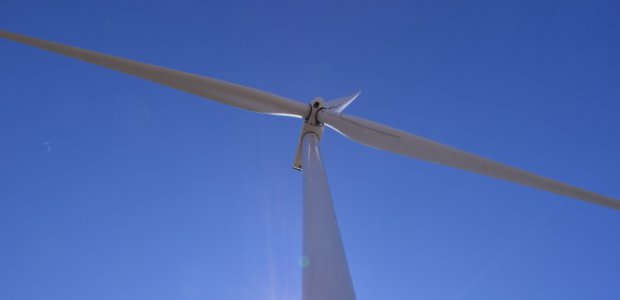The wind energy park sector has displayed signs of heightened investment activity for the delopment of new units since the beginning of the year as investors, drawing from a large pool of mature projects whose capacity totals roughly 1,400 MW and driven by the incentive to maintain relatively favorable terms gained in the past, are pushing ahead with plans.
This investment activity is being primarily driven by Greek enterprises, main players being Terna Energy, El. Tech. Anemos, Mytilineos, Copelouzos, PPC Renewables and J&P-Avax as well as two enterprises headed by expatriated Greeks, Eren, co-founded by Paris Mouratoglou, and Euroenergy, part of George Logothetis’s Libra Group. On the contrary, France’s EDF has sold a considerable part of its portfolio, as has Spain’s Gamesa, while Iberdrolla Rokas, also Spanish, has placed its Greek interests on hold. Italy’s Enel appears to be entirely focusing its Greek market interest on a major wind energy project in Evia’s Kafireas area, as a partnership with the Copelouzos group.
Greek corporate groups are proceeding with investments, despite the fact that RES sector conditions are not ideal, whereas foreign investors are not showing interest in investments offering regular returns as they are also taking into account the country’s risk factor, high-cost credit, as well as other concerns, including the fear of bureaucratic delays at LAGIE, the Electricity Market Operator, one local entrepreneur pointed out in comments to energypress.
Though the tightened Greek banking system is causing investment problems, the RES sector is one of the few still able to secure funds from credit institutions.
Wind energy projects being developed may be broken up into three groups. One of these categories, concerning projects that secured feed-in tariffs of 98 euros per MWh late in 2016 without the need to participate in auctions, represents a capacity of approximately 500 MW. A second group concerns wind energy projects which represent a total capacity of roughly 400 MW and hold licenses for the south Evia region, to be linked with the mainland’s Nea Makri area, northeast of Athens, via a submarine interconnection. The third group concerns older projects for which contracts had been signed with LAGIE by the end of 2015, securing feed-in tariffs of 105 euros per MWh, a conditional offer demanding electricity production for the grid by March, 2019, following a nine-month extension from June 30, 2018.





